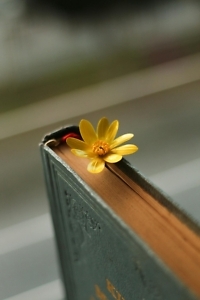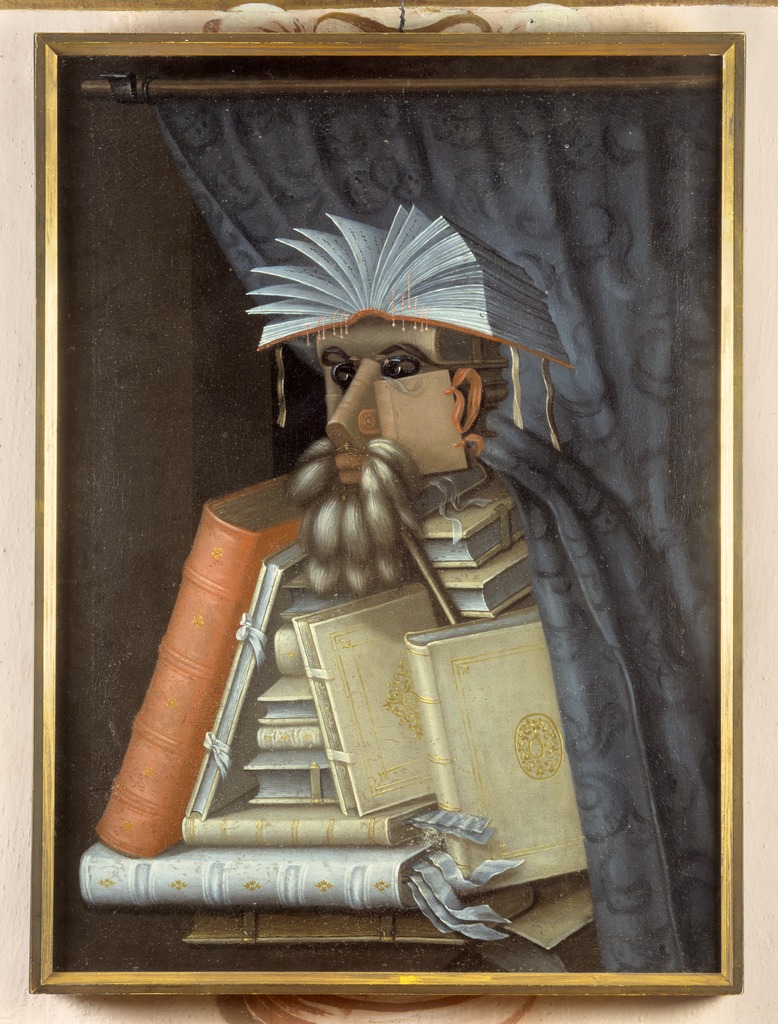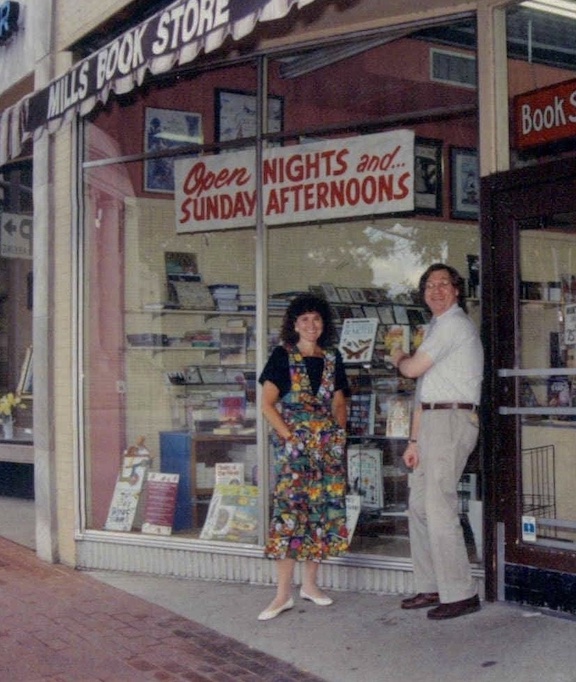A Life in Bookmarks
Simple and old-fashioned, the humble bookmark can hold a lot of meaning
I told a friend about an argument we had in the library while designing some bookmarks. One staff member kept wanting to add information.
“We have more information than bookmark,” a frustrated colleague said.

“Then make the bookmark bigger,” snapped the annoyed staff member.
My friend was more puzzled than amused as I described a proposed bookmark larger than any book. “Who uses bookmarks anymore?” she asked. She is a person so wedded to her Kindle that she once declined to join a book discussion because she could only obtain the physical book.
I admit that I pouted a little as I thought, I do. All the time.
I’m usually reading several books at once: weekly or daily devotionals, a novel, a book I’m reviewing, and various how-to manuals on everything from cooking to being a better person. Each needs a bookmark, but not just any bookmark. When I start a new book, I go to my bookmark drawer (yes, I have an actual drawer) and choose one that fits the theme of the book and my current mood. This little ritual puts me in a good mood, and I look forward to it.
My bookmarks also help me with the one of the unappealing parts of being an avid book collector: the culling that must be done every so often.
Working in a library, I often hear from community members who are cleaning out the house of a deceased loved one who had books — so many books — that they don’t want and don’t know what to do with. They’ve usually tried to sell them to no avail, so now a donation seems like the best bet. The one thing most people can’t bear to do is just throw them away. There is an emotional weight to a person’s book collection; it almost feels like dishonoring the deceased to toss it. That’s when they call me.
The problem is that our library can’t use them either. We don’t have unlimited space, and there is little demand for outdated technical or computer books or popular novels from several decades ago. We take what we can and put the rest out on the free book cart for students to take.
I sympathize with the dilemma of what to do with loved ones’ books, and I’ve decided that no one will have that responsibility when my time comes.
Therefore, the culling.
I go to my shelves and remove books that I haven’t looked at in a while. That’s where the bookmarks come in. One near the beginning indicates that book probably couldn’t hold my interest. While I gave it a second chance by putting back on the shelf, at culling time the book must go. If the bookmark is further along, it’s likely I put the book away in a straightening frenzy when I was expecting my housecleaner. But since the book then completely slipped my mind, it also has to go, although I do make some exceptions. (Montaigne’s collection of essays, I’m looking at you.)
The books are placed on the student free-book cart. The bookmarks go back in the drawer. But not without reflection and revisiting.
In many ways, my bookmarks are like my Christmas ornaments, each telling a chapter of my life. But they are much easier to store and can be used all year. I pick out the small red one that has a picture of the Boston Stump, a church in Lincolnshire, England, and think of my British relatives and my visits there as a child. I remember climbing up to the top of the church tower where we could look all the way out to the sea. And I remember eating my first fish and chips and cream buns, two foods I couldn’t get enough of.
I pull out another one that reminds me of my teaching years. This one is homemade by a student in my introduction to fiction class who wrote me a note on the back, thanking me for rekindling her love of reading.
Another shows Haworth, the home of the Brontës. Victorian writers were the focus of my doctorate. I remember working on my dissertation, thinking about once a week that I should just stop writing and do something more meaningful with my life, like cleaning my kitchen. Then I smile, because once finished, I have never regretted the time I put in on that degree. I am proud to be known among my colleagues as “the Victorian.”
Some bookmarks remind me of my more recent travels. There’s one I bought as I was leaving the Borghese Museum in Rome, sure I could find my way on foot back to the hotel. Three hours later, a very kind man helped me get to the right subway stop, and I arrived at the hotel tired, hungry, and with a rash on my thighs from all the walking. I remember going to the Keats-Shelley House on that trip and feeling overwhelmed by the thought of a dying Keats so close to the Spanish Steps. And I recall the Hari Krishnas, the first I’d seen, dancing by those same steps. A bookmark of a Van Gogh painting takes me back to the Musée d’Orsay in Paris, where I stood in awe before the original.
Finally, I look at one from New Zealand, a place that I’ve never been. But for years, my writing group would bring back bookmarks for each other as gifts from our travels. They make great souvenirs, relatively inexpensive and easy to pack. We meet over Zoom now, but the bookmarks are a reminder of the friendships formed and the novels, essays, and stories shared. I remember the births of babies, the deaths of parents, and all the nights that we drank coffee at various bookstores and cafes, discussing our projects and our lives.
Life goes on and generations change. More and more, I realize I’m in the minority. I still print out documents while my colleagues read and edit them on screen. When my friends and I are planning our next monthly dinner, they pick up their phones while I take out my paper planner.
Bookmarks seem to be passing on as well. Maybe soon there won’t be any physical books to put them in, and bookmarks will be a curiosity found only in antique malls.
But one day not long ago, I walked by my colleague’s cubicle during her lunch. She is two years out of college. As she sat under the Taylor Swift calendar I gave her for Christmas, she was reading a physical book while she ate her sandwich. And by the book was a bookmark.
Copyright © 2025 by Faye Jones. All rights reserved.

Faye Jones, dean of learning resources at Nashville State Community College, writes the Jolly Librarian blog for the college’s Mayfield Library. She earned her doctorate in 19th-century literature at Indiana University of Pennsylvania.


